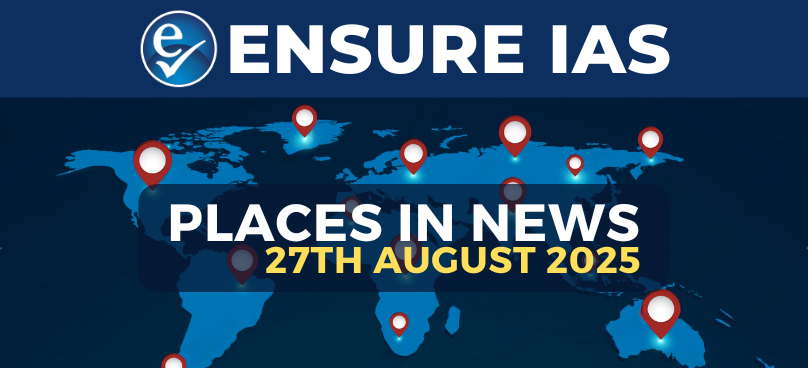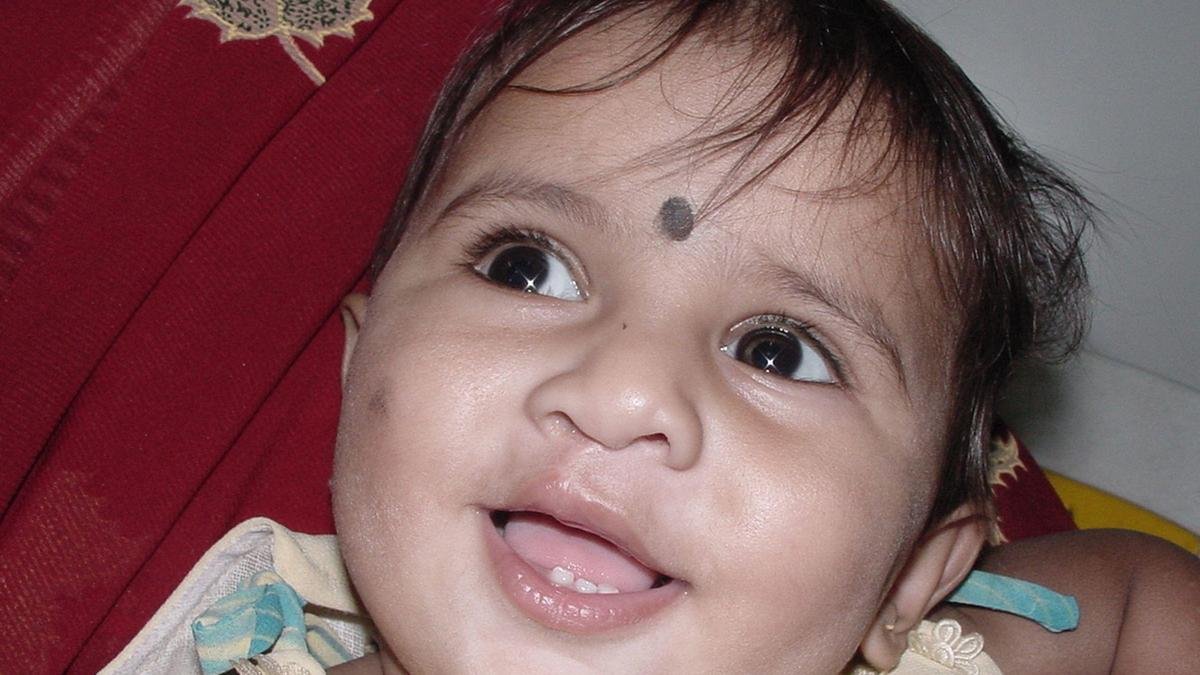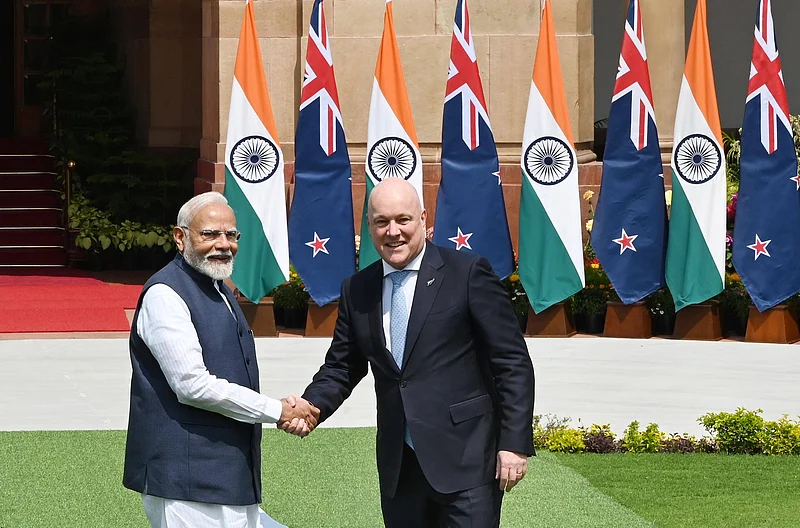Japan
Why in the News?
- Japan’s fossil fuel share in electricity generation dropped below 60% in the first half of 2025 for the first time, signaling a major energy transition milestone.
- Clean energy (solar, wind, bioenergy, and nuclear) accounted for a record 41% share of electricity generation during January–June 2025.
- The shift aligns with Japan’s climate goal to cut emissions by 46% by 2030, impacting global fossil fuel exporters.
About Japan
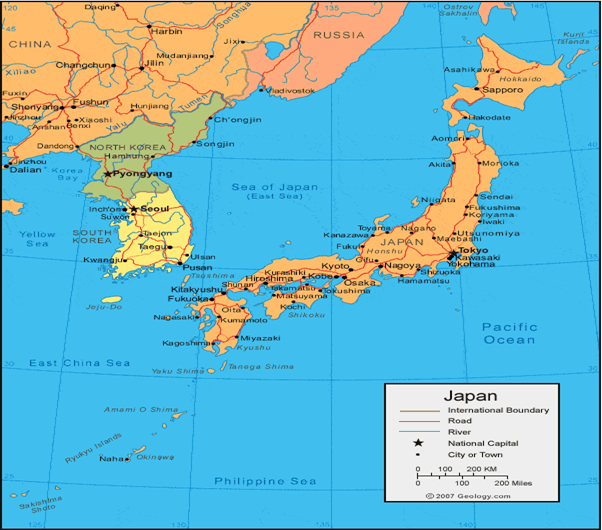
- Location – Japan is an island nation in East Asia, located in the northwest Pacific Ocean, bordered by the Sea of Japan (east) and East China Sea (south).
- Capital & Major Cities – The capital is Tokyo, one of the world’s largest metropolitan areas; other major cities include Osaka, Kyoto, and Yokohama.
- Geography – Comprises four main islands (Honshu, Hokkaido, Kyushu, Shikoku) and thousands of smaller islands, many of volcanic origin.
- Economy – The fourth-largest economy in the world (by nominal GDP), known for advanced technology, automobiles, and electronics.
- Energy Profile – Historically one of the largest fossil fuel importers (coal, LNG, oil), but transitioning toward renewables and nuclear after the Fukushima (2011)
- Clean Energy Growth – Solar power has grown 25-fold since 2010, and wind and bioenergy have more than doubled; nuclear energy is slowly returning.
- Climate Goals – Japan aims for carbon neutrality by 2050 and a 46% reduction in greenhouse gas emissions by 2030 (compared to 2013 levels).
- Strategic Role – Plays a major role in global trade, G7, and energy security discussions, and its energy transition impacts global fossil fuel demand.
Democratic Republic of Congo (DRC)
Why in the news?
- The United States is seeking to secure strategic minerals from the Democratic Republic of Congo (DRC) to reduce China’s dominance in the sector.
- The DRC signed agreements with U.S.-backed companies like KoBold Metals (AI-driven exploration) for lithium and cobalt resources.
- Rising conflict in eastern DRC and M23 militia activity complicates mining security and investments.
About Democratic Republic of Congo (DRC)
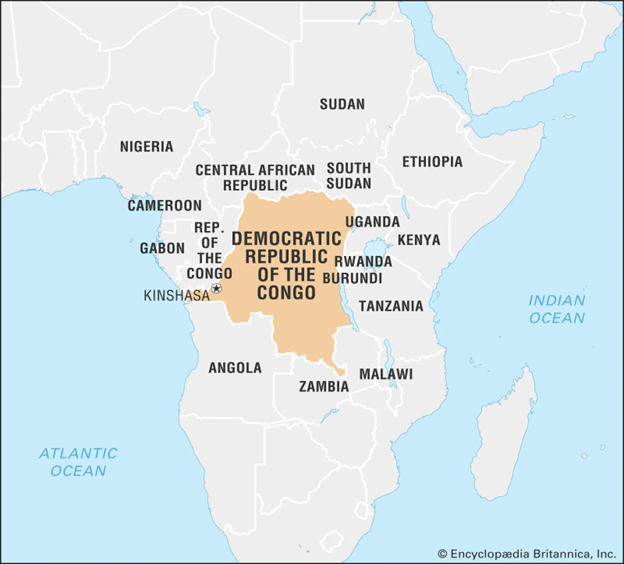
- Location: Central Africa; second-largest country in Africa by area.
- Capital: Kinshasa – one of the largest cities in Africa.
- Borders: Shares borders with 9 countries, including Angola, Zambia, Rwanda, and Uganda.
- Population: Over 100 million, making it one of Africa’s most populous nations.
- Natural Resources: Rich in minerals – cobalt, copper, lithium, gold, coltan, and uranium; holds ~70–75% of global cobalt reserves.
- Economy: Despite resource wealth, among the world’s least developed countries; faces issues of corruption and poor infrastructure.
- Conflict: Ongoing armed conflicts in the east (North & South Kivu) with groups like M23 backed by Rwanda.
- Colonial Past: Former Belgian colony; gained independence in 1960; history of political instability and authoritarian rule.


